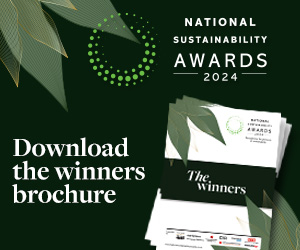The first residential building in the UK has been verified as net-zero carbon, a milestone to a more climate-friendly future.
The Max Fordham House, in Camden, achieved net-zero carbon, in line with UK Green Buildings Council (UKGBC) Net Zero Carbon Building Framework, for both its construction and operation.
The UKGBC method is widely recognised by the built environment industry, and its guidance requires “high quality” renewable procurement with “credible additionality”, meaning investment in renewables as opposed to matching wholesale power with renewable certificates.
Energy efficiency measures include triple-glazed windows that are carefully designed and positioned so that electric lighting is not needed during the day, with innovative internal insulating shutters that close when heat would be lost at night.
The all-electric home features a roof mounted PV array that meets a quarter of the home’s energy demand, with the remaining electricity provided by Good Energy, meaning no offsetting is required for the home to achieve net-zero carbon in operation.
In terms of the construction emissions, strategies included concrete with low carbon cement replacement, and natural materials such as timber for the roof structure, window frames and façade, internal insulation made of woodfibre, and flooring made from cork.
To achieve net zero carbon for the emissions created during construction, an investment in offsetting was made at the voluntary cost of £70 per tonne - higher than the market rate.
Latest News
-
PureGym raises over £100,000 for heart health charities
-
Corporate backed small charities campaign raises £1.8m
-
Charities recieve AI skills training from Neighbourly, Microsoft and Onside partnership
-
Crisps firm launches fundraiser for Air Ambulances UK
-
Football club partners with traumatic bereavement charity
-
UK firms on course for ‘disorderly’ green transition
© 2019 Perspective Publishing Privacy & Cookies









Recent Stories